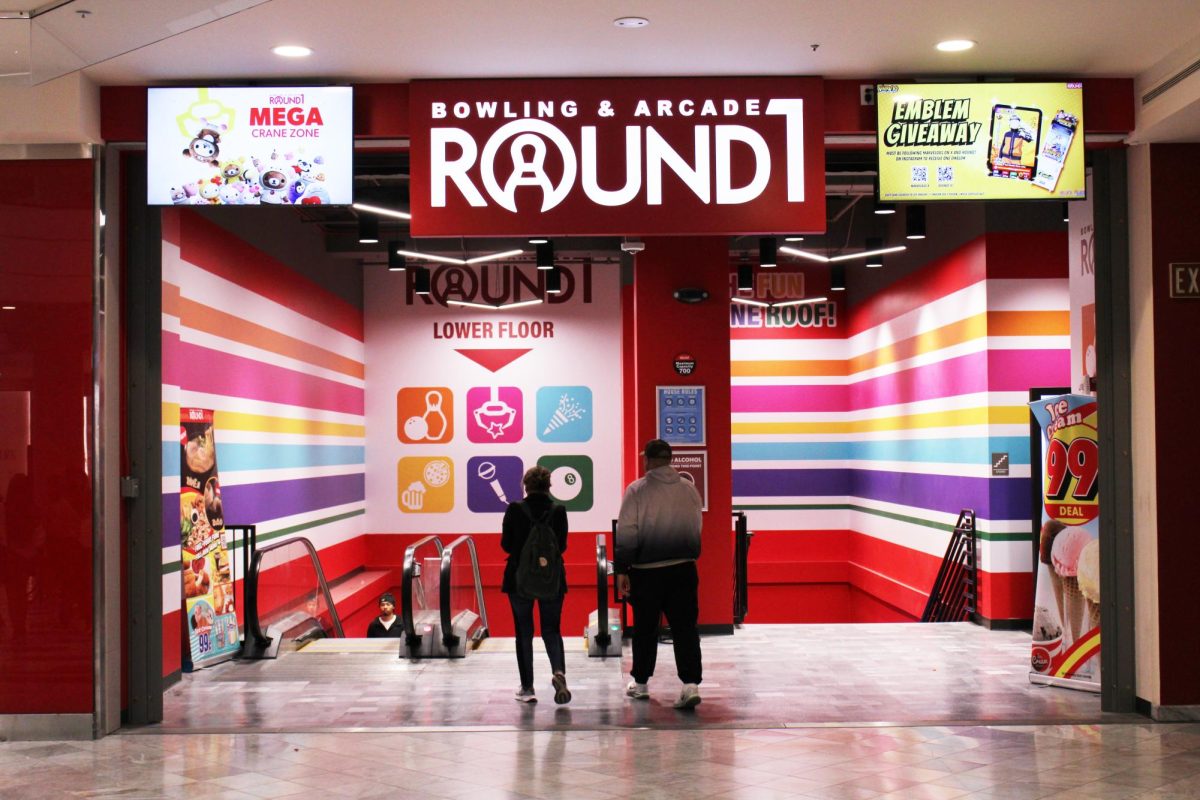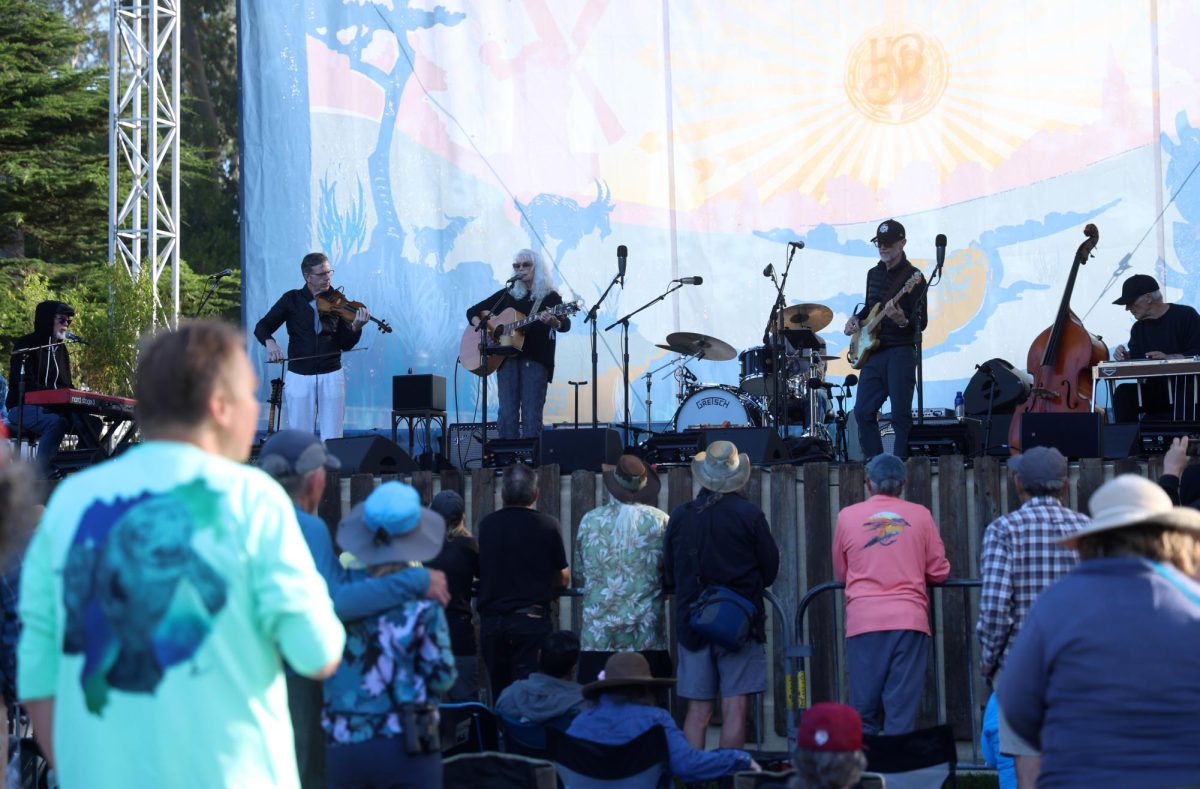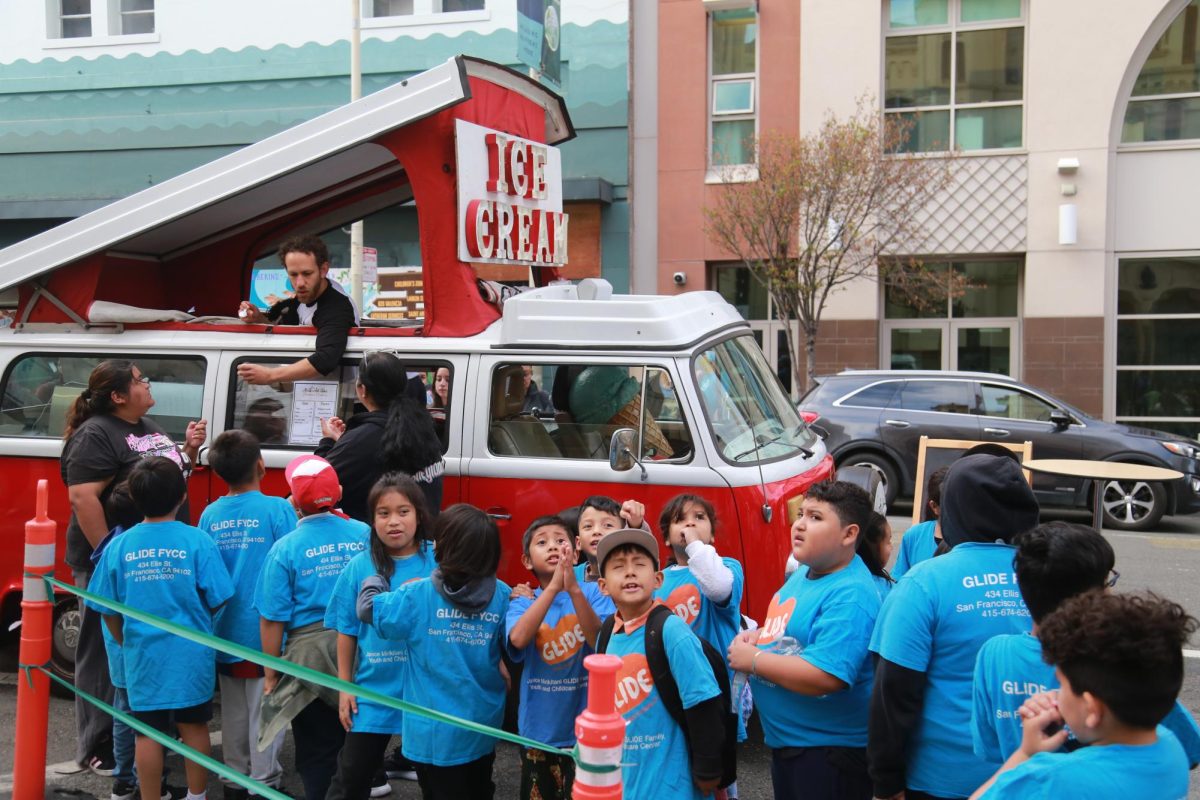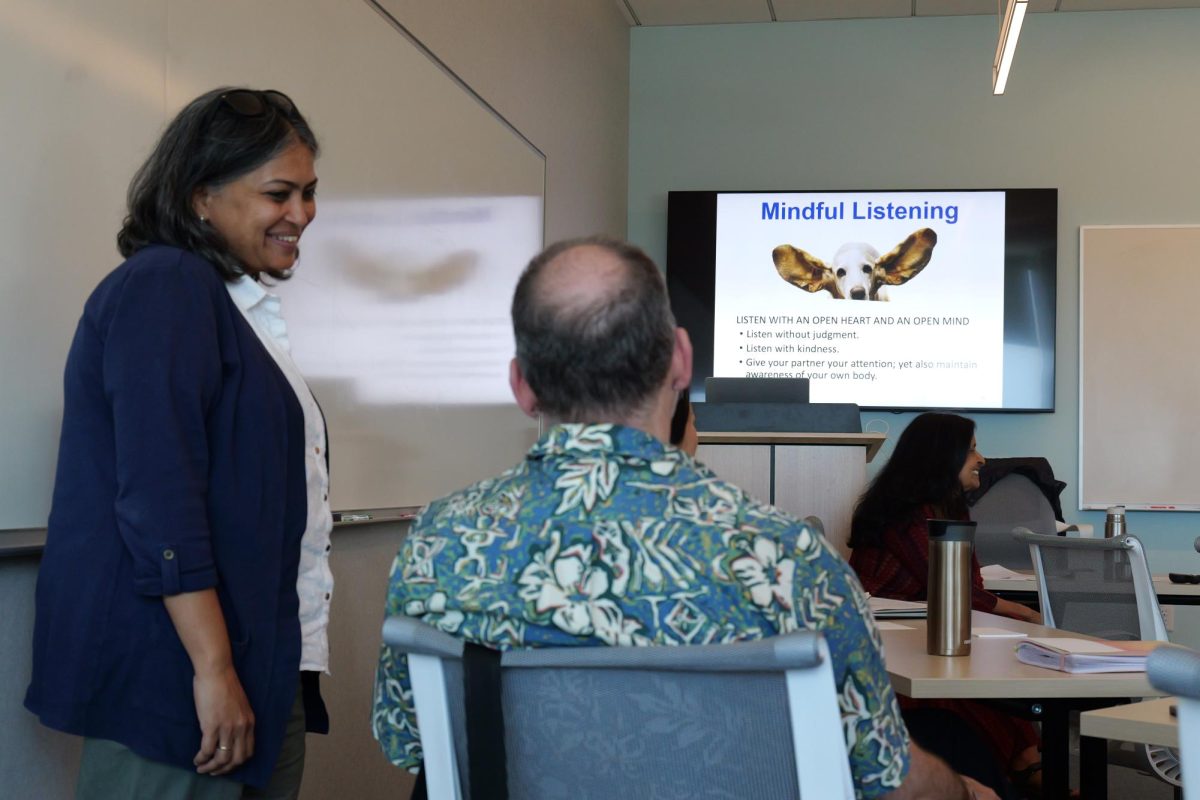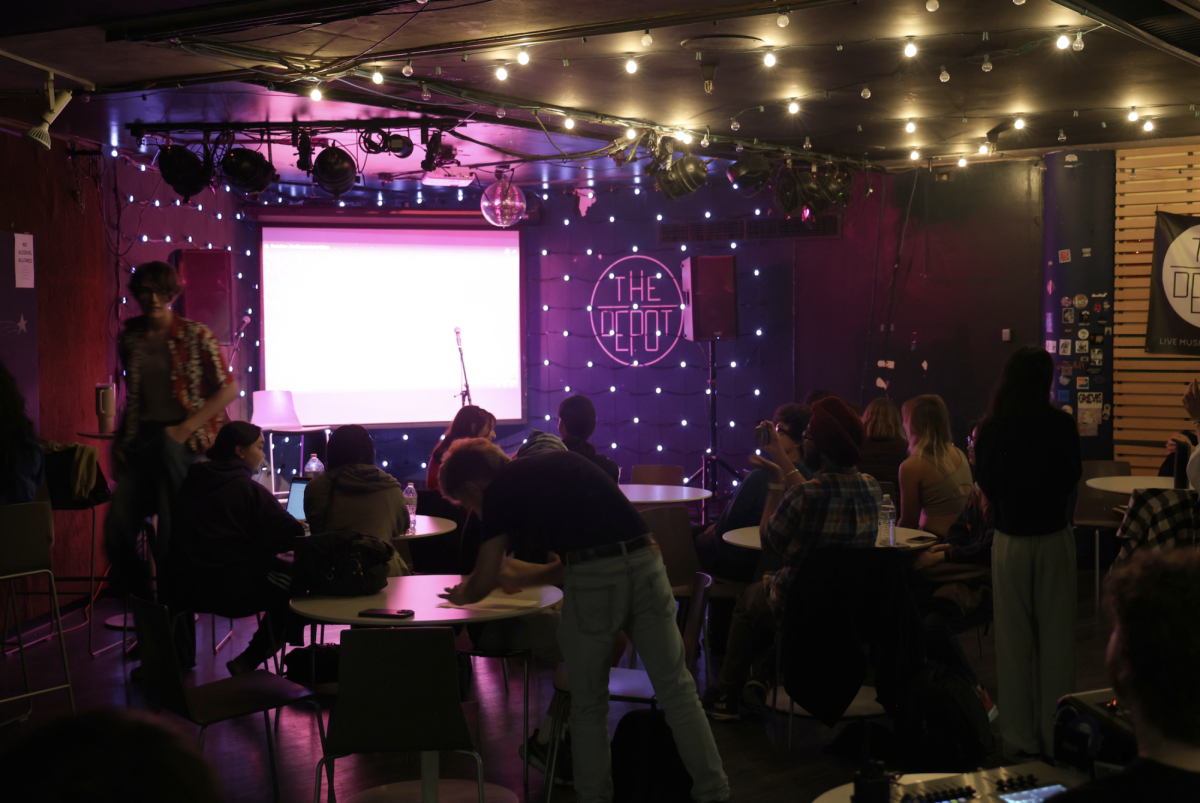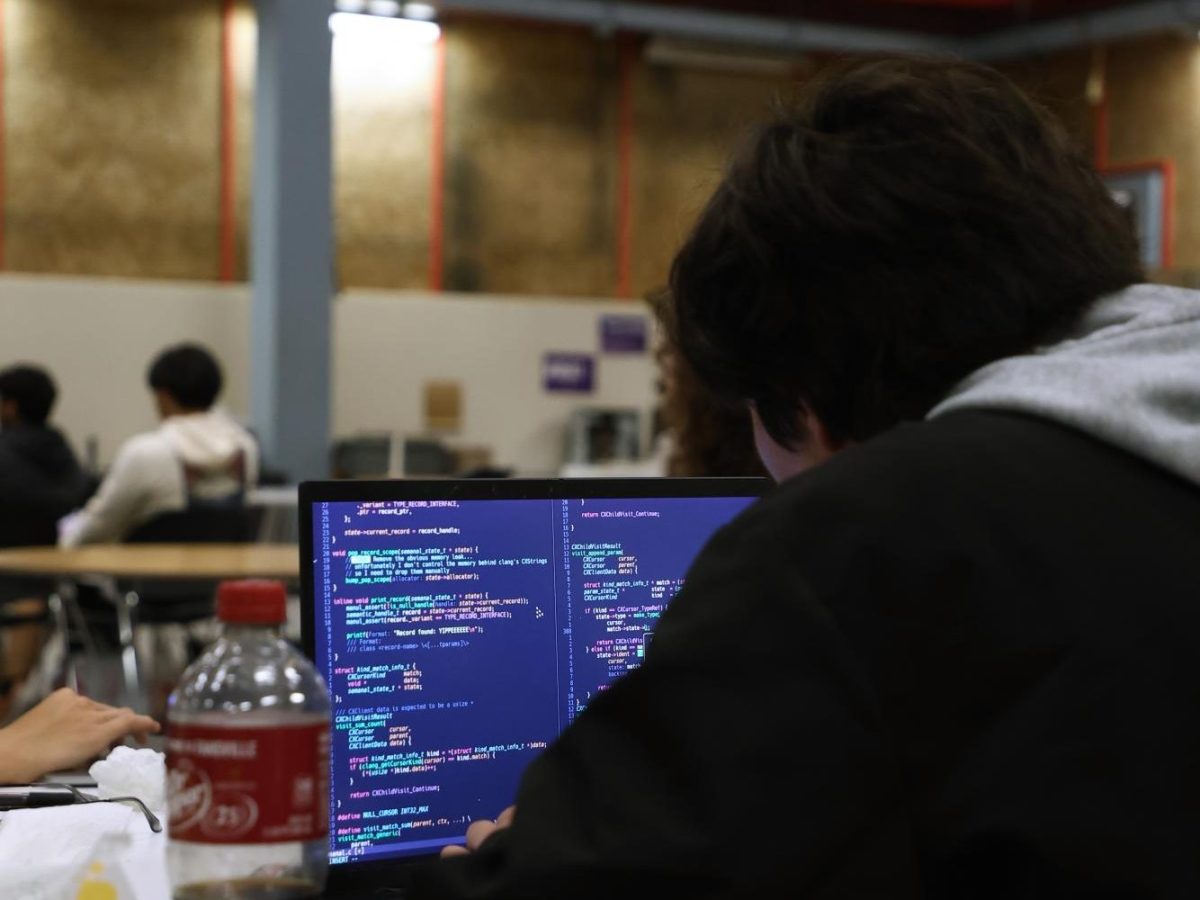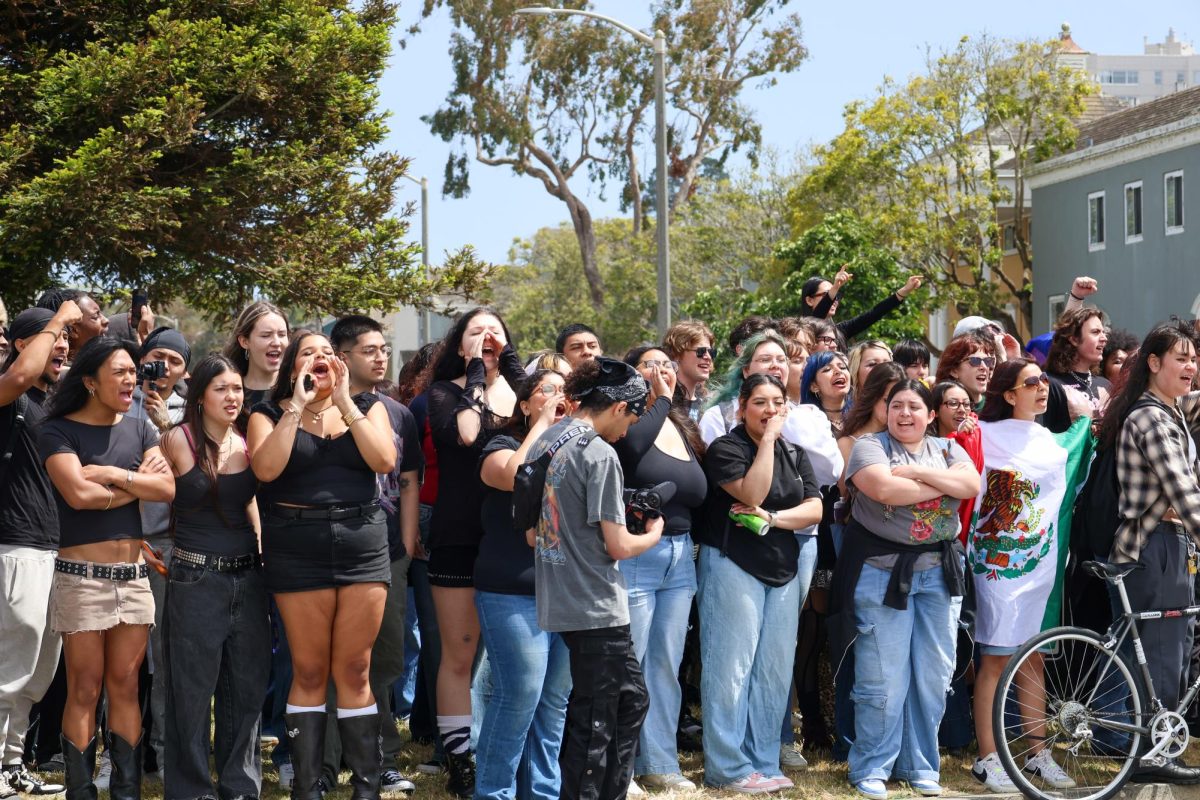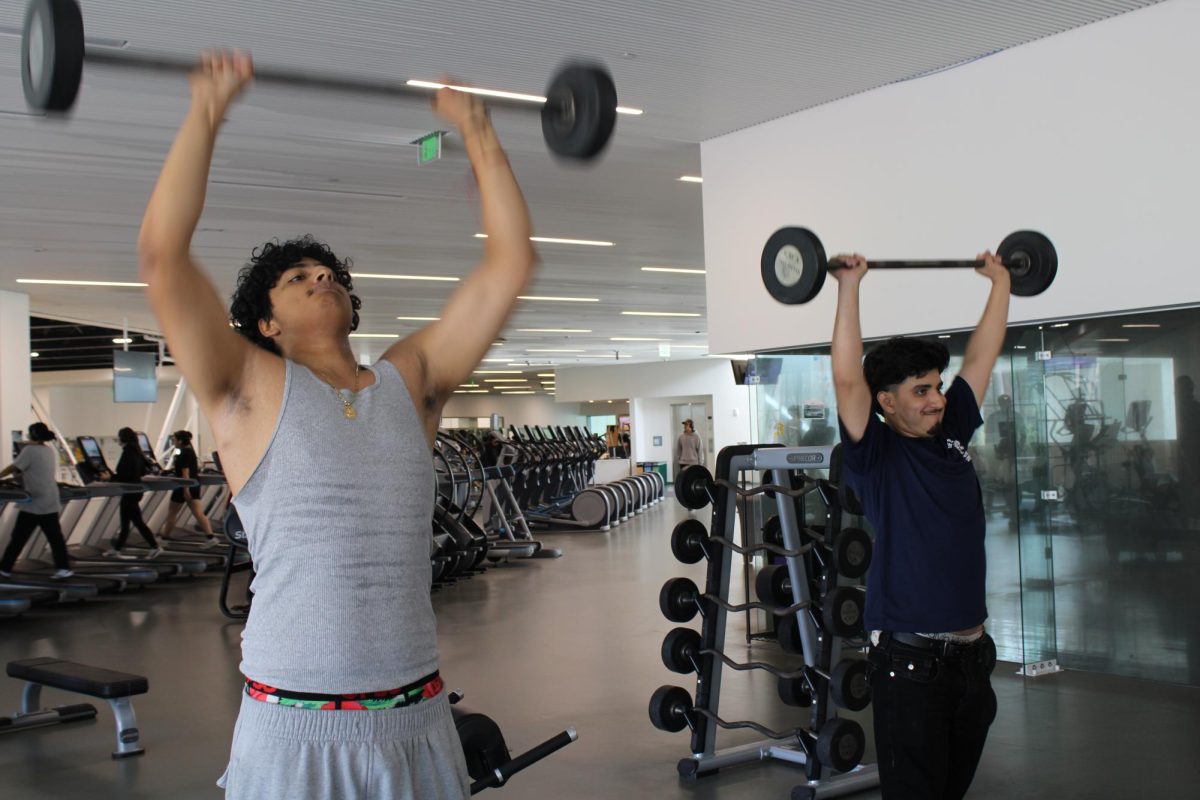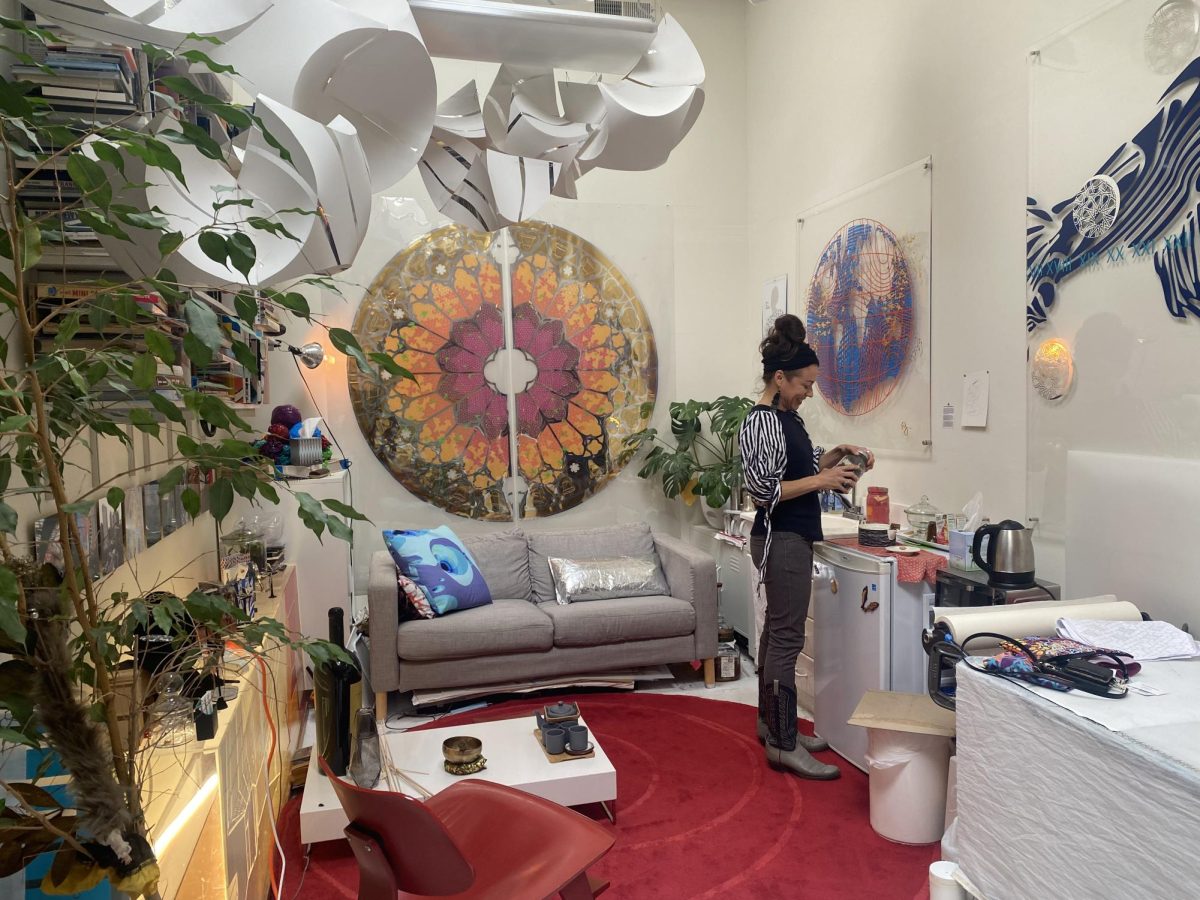San Franciscans of all ages walk through the Stonestown Galleria, each on their way to or from a different amenity the shopping center offers. People walk across the marble floor, into the Regal Cinema, or Target or Ike’s Sandwiches, in a volume that during the pandemic seemed unimaginable.
In the 1980s, malls flourished into a cultural staple of American youth but have since fallen victim to a shift in the market. Without the proper capacity to adapt, we will lose these spaces that can foster community.
Luckily, some malls are not only adapting but thriving.
Data published last year by Capital One Research claims that up to 87% of malls may close in the next 10 years and currently average an 8.6% retail vacancy rate.
At Stonestown, Nordstrom and Macy’s closed their doors in 2019 and 2018. Now, Forever 21 is set to close all of its locations by April 1st after filing for bankruptcy for the second time, leaving an empty space on the first floor of the mall. This mirrors trends across the country. According to data compiled by Coresight Research, major retailers have announced 334% more closures as of January 2025, compared to the same period in the previous year.
However, according to Placer.ai, a tech company that specializes in gathering data about visitation trends, foot traffic within malls generally remains stable. In addition, Stonestown has grown in terms of monthly visits compared to more than seven other Bay Area malls from 2022 to 2023.
Stonestown had no problem filling the space. What was once Macy’s is now Regal Theatre, Whole Foods, and Escapology, with plans for a new VR center opening up in the space as well. Where the former Nordstrom was, there is now Round 1 Bowling and Arcade. This signals a departure from the traditional, apparel-based businesses that inhabit malls and a shift towards activity-based businesses. Escape rooms, arcades, mini-golf courses, bars, bars with mini-golf courses, and restaurants are now top priorities for malls. Online retailers can sell convenience and affordability but not recreation.

Across the Bay, Bay Street Emeryville follows a similar trend. Christa Williams, the marketing manager for the Bay Area at CenterCal Properties, who primarily oversees Bay Street Emeryville, has noticed this transition towards activity-based businesses occur throughout her 16 years of marketing for malls.
“I think most retail developers are moving in the direction of creating a more diversified tenant mix,” Williams said. In her opinion, CenterCal excels at this diversification. Bay Street Emeryville, which was acquired by CenterCal in 2021, added 12 new restaurants and eateries, SandBox VR, Red Door Escape Room and Tipsy Putt, an indoor bar and mini golf business.
“The entire food landscape at Bay Street is completely new, and it’s much more diverse,” Williams said, “We kinda say ‘You can basically go on a trip around the world and stay in Emeryville.” Williams reflects on her time growing up at malls in the ‘80s, stating that when she was a kid, it was all apparel shopping. “Now, you know — shopping patterns are cyclical; the kids of today want places to go to hang out again with their friends,” she said.
According to Williams, Center Cal and Bay Street Emeryville are changing the mix, where 70-75% of leasing businesses used to be apparel, now, it’s 25%, with food, beverage, fitness opportunities, and entertainment taking up the rest.
According to the MapZot.Ai article, “The Resurgence of Make U.S Shopping Malls: Foot Traffic Soars in 2025”, last January, malls showed a significant increase in foot traffic. The article cites experimental retail, businesses that offer experiences, as one of the primary factors for this increase in foot traffic.
One such experience-based business is Escapology, an escape room company that opened up a location in Stonestown in March 2024. Malls appeal to these types of businesses, and they exist in a symbiotic relationship. Burton Heiss, the CEO of Escapology, explains why it is advantageous for Escapology to open up locations in malls.
“There’s some synergy between what I look for and why some of these malls are interested,” Heiss said.
Heiss claims that malls are looking for things to bring people in and that e-commerce has changed the way people buy things.
“Retail, in terms of soft goods, hasn’t really moved the needle in a while,” Heiss said. “Online shopping surely changed the way we all buy retail. It doesn’t mean that stores don’t want a brick-and-mortar thing; they do, but for landlords, that’s a little harder.”
Heiss says there are three things he looks for in a center: co-tenancy, the total population and household income. More people mean more available customers and higher household income means more customers with disposable income. Heiss states that co-tenancy is one of the key things he looks for.
“Restaurants and bars are big ones,” Heiss said. We like premium retail, and we like other experiences, like movie theatres, maybe a putt-putt concept or Dave and Busters. We think that’s all synergistic with what we do.”
An example of the synergy can be found with Rika Bautista, who has been coming to Stonestown since she was in high school but has been coming to Stonestown more recently. Her former go-to mall, Serramonte Center, feels dead after businesses started closing down.
“We have been going to Round 1 more recently, and I do like this theatre; it’s my favorite one,” Bautista said. Bautista often eats at the mall during her trips to Round 1.
When it comes to the survival of a mall, one of the most important factors is whether landlords can lease to businesses that aren’t going to fall off in popularity. Brands like Nordstrom and Macy’s have been implementing more online shopping options, including shipping and in-store pick-ups. Though this can help these retailers remain relevant in the digital age, some brands are unable to adapt.
“You see some malls, and I’m not going to name names, but some of the brands, some of the big boxes, you’re like ‘That can’t be around for much longer,” he said. “That can drive people away.’”
According to Heiss, most tenants sign a 10-year lease with a 5-year option, requiring that landlords lease to a business that’s not going to fall out of favor with consumers. “You’re betting on brands where you’re like ‘Yeah, I think this [is] going to be relevant eight years from now, nine years from now, and sometimes landlords get that wrong. Sometimes you go for something, and it ends up not working, and in the case of Stonestown, I think they’ve done a nice job.”
Escapology replaced a part of Macy’s, along with a Regal Cinema, Whole Foods, and the newest addition, Activate, an active gaming facility.
“I do think they made a conscious effort to go out and get brands that would resonate with the university and the neighborhood,” Heiss said.
Though Stonestown is adapting to the changing market, some consumers miss the presence of stores, and many go for the convenience of essential goods.
Stonestown’s proximity to SF State makes it popular with students. Abigail Hernandez, a public health major at SF State, goes to Stonestown mostly for groceries. Though she lives on campus, she doesn’t usually go to Stonestown recreationally.
“I don’t really come here just to hang out, just for essential needs,” Hernandez said.
She would be more compelled to visit Stonestown more often if there were more stores.
Some recreational businesses are trying to capitalize on the student presence at Stonestown, with Escapology offering student discounts periodically, and Immersion Gamebox, a VR gaming center, offering student discounts Monday through Wednesday. Though the Regal offers student discounts at many other locations, it has yet to implement the savings at their Stonestown location. As of Fall 2024, there were 22,357 students enrolled at SF State, giving Stonestown a healthy amount of potential customers just across the street.
In addition to the already present student population close to Stonestown, the city voted last July to create a major new housing project from the Stonestown parking lot.
“I think most of us just go to Stonestown for groceries,” Hanna Maaloul, a criminal justice major at SF State, said.
Maaloul and Hernandez often go to the theatre on Tuesdays for the specials. They believe the presence of the new Raising Cane’s will bring them back more often and be a popular addition to the mall.
There are other challenges facing malls as well, including Americans’ general disinterest, not just in malls, but outside the house as a whole. According to research done by UCLA, Americans spend 1.5 more hours inside in 2023 than they did in 2003, a number that has been on the rise since before COVID-19 pandemic and has major implications for mental health. In 2023, Dr. Vivek H. Murthy, who was surgeon general at the time, wrote a report titled Our Epidemic Of Loneliness and Isolation.
“Loneliness and isolation represent profound threats to our health and well-being,” Murthy wrote. “But we have the power to respond. By taking small steps every day to strengthen our relationships, and by supporting community efforts to rebuild social connection, we can rise to meet this moment together.”
The report notes the importance of physical community spaces in fighting loneliness. Though it doesn’t state malls specifically, it discusses the importance of social infrastructure and the physical assets within a community. The report also states that the two groups most at risk of loneliness were young adults and the elderly.
By being located next to SF State, Stonestown can provide easy access to opportunities that promote socialization for young adults. Additionally, according to the CDC, mall walking, the act of walking through malls to increase physical health, can improve mental health as well.
Williams believes that Bay Street Emeryville can be one of these communities.
“We’re trying to figure out what will get people here,” Williams said, “and what will get them engaging and enjoying each other and enjoying the space. I think people are looking for somewhere to go … people are striving for togetherness.”



